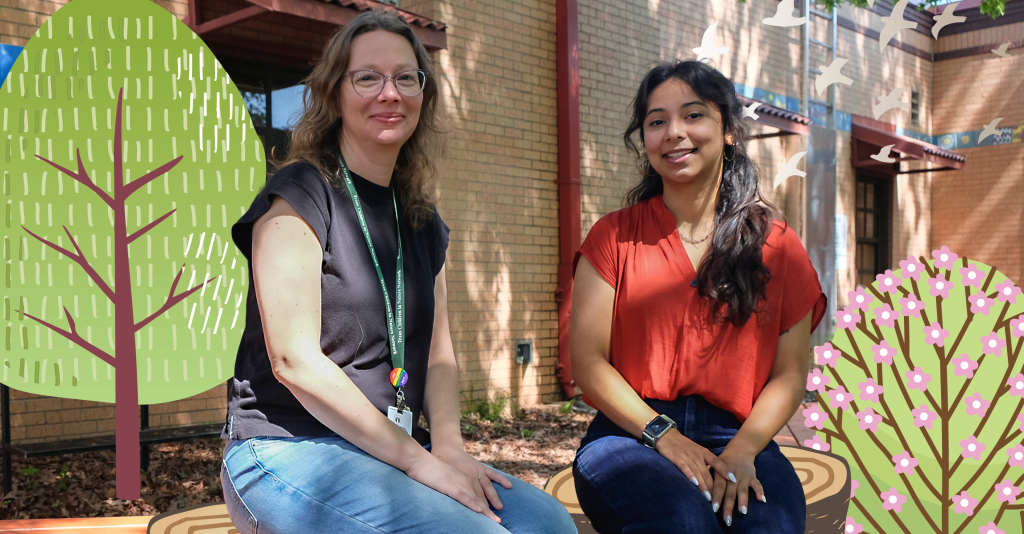
When Austin ISD closed several campuses in 2021, many across the community had deep feelings about losing these spaces and were left wondering what they might become. For Colleen Garland, an Outdoor Learning Specialist with Austin ISD, the Bright Green Future Grants Program provided the perfect springboard for a vision that could reconnect kids, community, and nature all in one vibrant space.
“I really appreciate the mission of Bright Green Future Grants to crea…

I’m helping to make Austin Net-Zero by embracing sustainable transportation and building a community around cycling.
Meet our newest Net-Zero Hero, Ricardo Treviño! From biking instead of driving to recycling nearly everything he can, Ricardo finds simple, everyday ways to live more sustainably. He also participates in (and previously led) rides with Social Cycling Austin, a group that brings casual, beginner-fri…
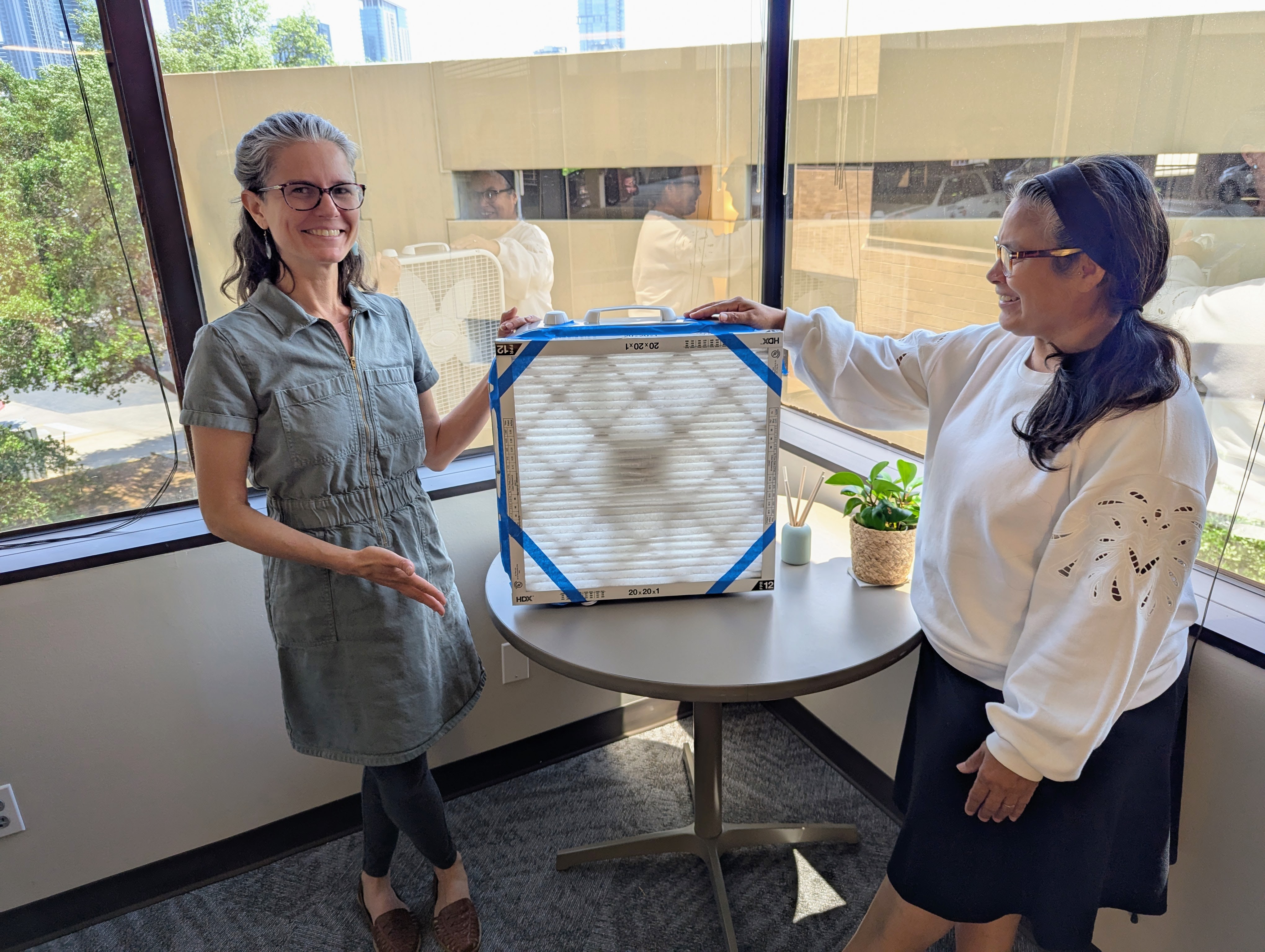
Our team made one — and you can make one too!
When poor air quality happens, like wildfire smoke, Sahara dust, or high ozone days, it can feel like you’re stuck inside with no good options. But you can do something — and it doesn’t have to cost a fortune. In fact, our team built a DIY indoor air cleaner using a box fan and an HVAC filter, and it works surprisingly well for clearing up smoke and other pollutants indoors.
Here’s what we learned — and how you can make one too.
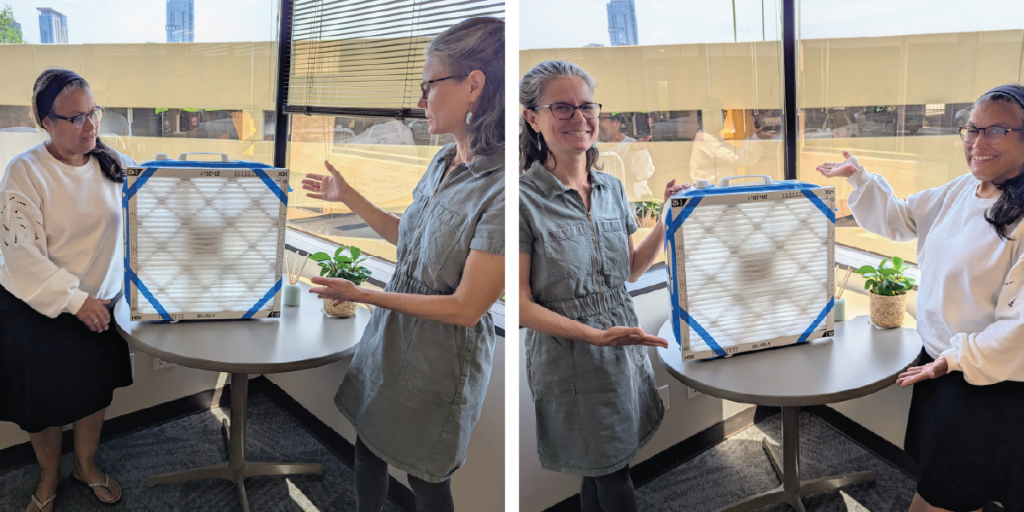 …
…
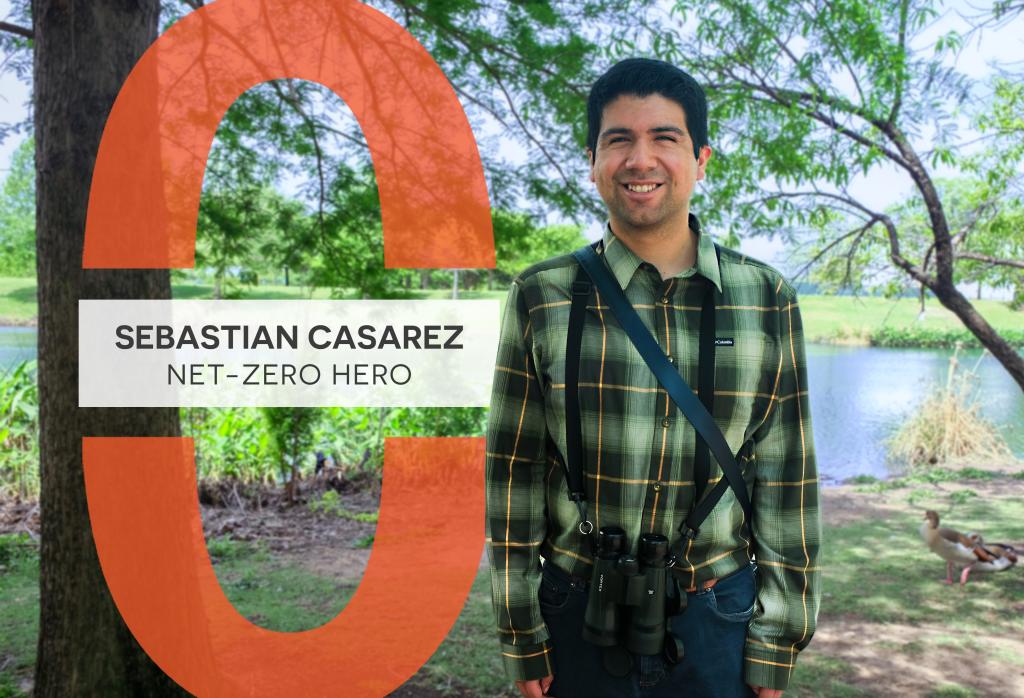
I’m helping to make Austin Net-Zero by educating communities throughout Texas and beyond about the importance of backyard birds and how to plant native plants to help birds thrive in a healthy habitat.
Meet our newest Net-Zero Hero, Sebastian Casarez! From a young age, Sebastian cultivated a deep passion for birds and birdwatching, leading him to establish The Texas Blue Jay Project. Through this initiative, he brings engaging birding presentations to…
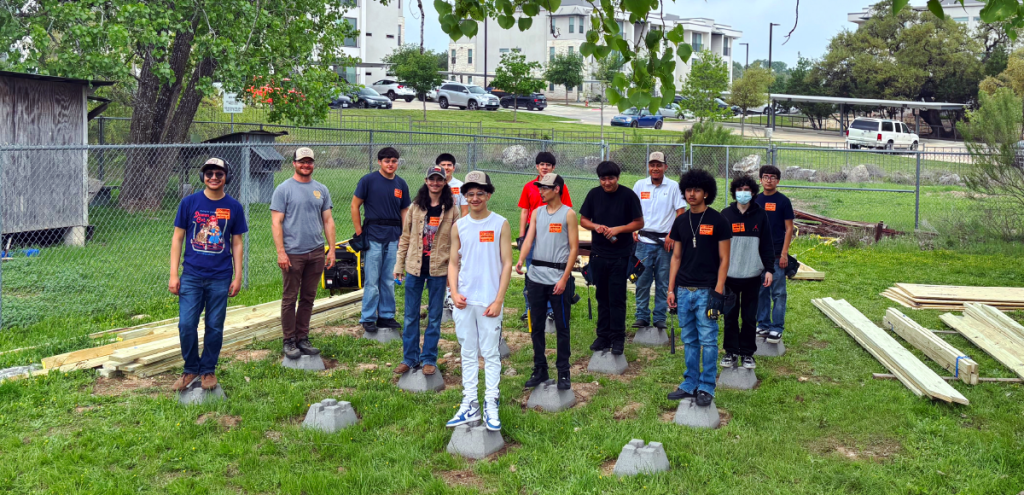
Crockett High School students stand with their teacher, Mr. Bugge, before the barn build begins.
Every year, the Bright Green Future Grants Program receives dozens of inspiring applications from schools working to connect students with nature, instill lifelong sustainability habits, and contribute to a greener Austin — and each year, we continue to b…

I’m helping to make Austin Net-Zero by providing a sustainable protein source that reduces water usage, land consumption, and greenhouse gas emissions.
Meet our latest Net-Zero Hero: Eli Halpern. Eli holds many titles. He’s a mixed martial artist, comedian, and musician who has channeled his diverse talents into promoting sustainable nutrition. After trying a barbecued scorpion abroad, Eli…
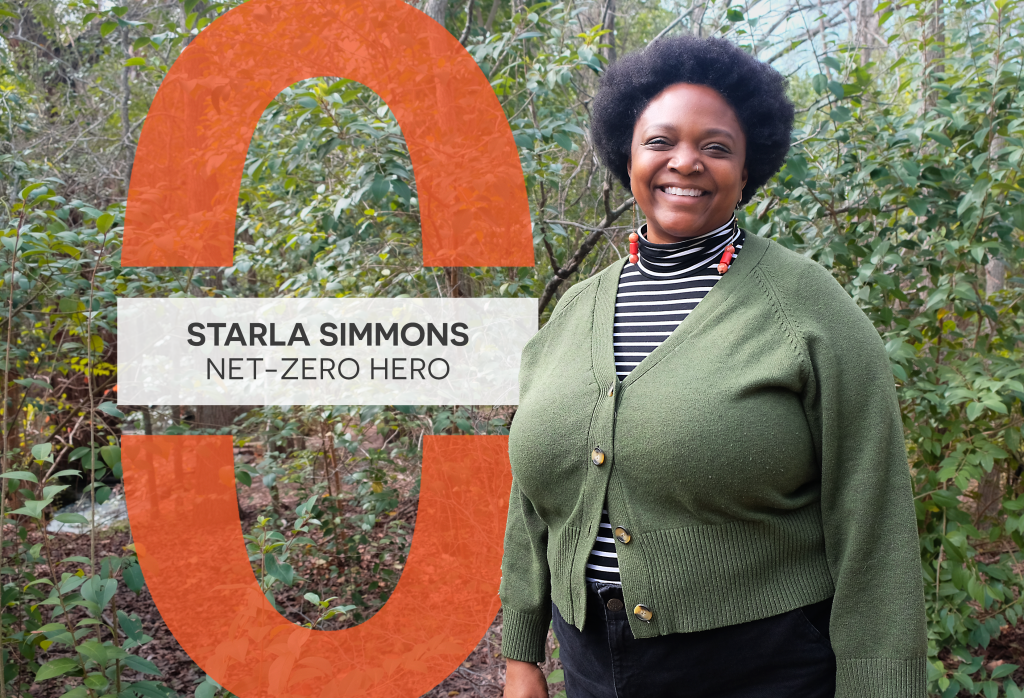
I’m helping to make Austin Net-Zero by bridging the connection between people and nature, social justice, and collective healing!
Meet our latest Net-Zero Hero: Starla Simmons. Starla is a dedicated social worker, eco-therapist, and professor at The University of Texas at Austin. With over 15 years of experience, Starla has led the way regionally in integrating nature-based practices into social work, emphasizing the vital connecti…

We’re excited to announce that the Office of Sustainability has officially become the Office of Climate Action and Resilience! This change better reflects the work we do every day — helping Austin prepare for and respond to the challenges of climate change while ensuring a more just and sustainable future for all.
While the name is new, our work is the same. We remain com…
In Austin, we love our trees and want to do what's best for them. If you live somewhere with trees, you may have thought about pruning or trimming them as part of your regular landscape maintenance. Nobody wants their trees to suffer because they neglected to do something important.
Pruning is a common task that people often assume their trees need, but this isn't always the case. In this series of articles, we will explain why trees might need pruning. We will also explain how to prune properly when the time comes so they will continue to grow stronger as they mature, and what to avoid so we won’t make them weaker.
…

I’m helping to make Austin Net-Zero by providing a place where health and community thrive — and helping others do the same in their neighborhoods.
Eduardo "Wayo" Longoria, co-founder of Casa de Luz, has been a pioneer in fostering health and community through sustainable, plant-based dining in Austin since 1991 — and we’re proud to i…

